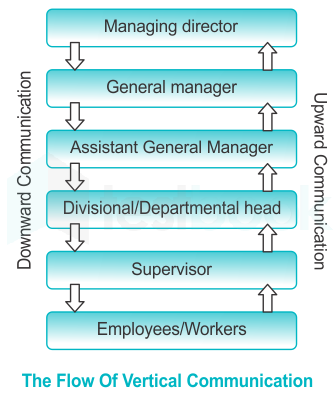The round table sitting arrangement in a typical conference room
| The round table sitting arrangement in a typical conference room facilitates :
A. one-directional communication
B. more interactive communi-cation amongst participants
C. top-down communication
D. bottoms-up communication
Please scroll down to see the correct answer and solution guide.
Right Answer is: B
SOLUTION
The term circular seating may be understood in reference to a range of circular-like patterns, including ovals, irregular circles, broken circles, and semicircle seating patterns.
- Seating arrangements, therefore, can play an important role in the formation of interpersonal dynamics and identity formation among participants.
- Additionally, it is notable that no single seating pattern should be considered as optimal for all situations and uses, but for typical conference room facilities, a round table sitting arrangement is preferred to have more interactive communication amongst participants.
- Circular seating arrangements can help instil a sense of belonging within participants with overall positive effects on learning, emotions, and well- being.
- A conference room facility is a place, where discussion on official matters happens, which majorly includes a two-way communication process. So, eliminating option (a)
- Top-down & Bottom-up communication happens, when in the former any superior orders/ gives instruction to his/her subordinate and, any subordinate provides any suggestion/ seek for redressal in the latter. In both communication ways, there is vertical movement. So, this couldn’t fit with the question been asked.
Therefore, from the above explanation, conference room facilities round table sitting arrangement is preferred to have more interactive communication amongst participants. So, Option (b).
Types of formal communication:
Vertical communication:
- It flows vertically, i.e., upwards or downwards through formal channels.
- Upward communication is a flow of communication from subordinate to superior whereas downward communication is a communication from a superior to subordinate.
- The examples of upward communication are – application for grant of leave, submission of progress report, request for grants, etc. Similarly, the examples of downward communication include – sending a notice to employees to attend a meeting, ordering subordinates to complete assigned work, passing on guidelines framed by top management to the subordinates, etc.

Horizontal communication:
- It takes place between one division and another. This is also known as lateral communication.
- For example, a production manager may contact the marketing manager to discuss the schedule of product delivery, product design, quality, etc.

